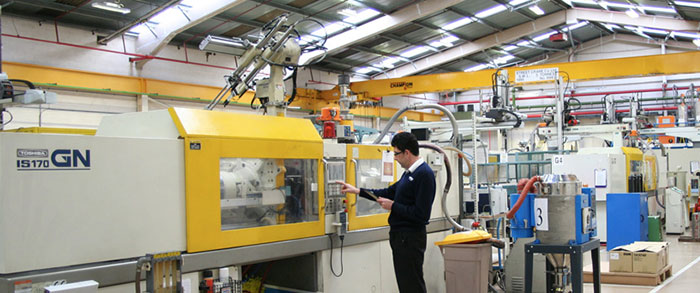Although I do not entirely agree with it, industry consensus seems to be that 3D printing will truly take to the mass market when large traditional manufacturers of “tech” such as Dell, HP, Canon, Fuji Xerox and other 2D printer, camera and computer manufacturers start to produce and distribute their own machines.
Many times we have reported on these companies’ “interest” in 3D printing — an increasing trend that suggests they have bought into at least the potential of 3D printing. HP originally entered a joint venture with Stratasys a few years back and now is looking to get back into 3D printing by, according to their CEO, Meg Whitman, focusing on glass as printing material. There is also mounting speculation that the company may also be looking to acquire their way back into the 3D printing industry. Fuji Xerox recently publicized its interest for 3D printed embedded chips, while Epson said in January they will enter the market within five years, when “3D printers will be able to make anything.” As recently as last week Dell announced they will be entering into a partnership with Stratasys, by distributing Makerbot’s 3D printers and scanners in the US.

Now it is Brother Industries’ turn to show they are very interested in 3D printing but not quite enough to really do anything about it, for now. PCR Online reports that the Japanese multinational’s UK MD, Phil Jones, is “looking at” 3D printing and “continues to value every single opportunity for the market”.
“If you look at all the analyst figures – he said – [3D printing] is clearly set to be the next big thing, whether that be consumerised or in a more commercial environment.” Jones’ position has taken a decisively more possibilistic turn since another interview he gave on December 18th last year, when he said that 3D printing “grabs headlines, not consumers.”
Now he is arguing that “every print vendor – and every other vendor with the capability to output something through a printhead – will be evaluating what their future position will be.” However, he adds caution: “there are no specific statements to make about when Brother might enter the marketplace.”
In fact, apart from some timid attempts and bold declarations of intent, all these companies have been “just looking” at the 3D printing market while other companies have been building and developing the machines. As mentioned above, there many be some power plans to enter the market by acquiring one of these companies (which might not be so easy given the high market value of industry leaders at the current time), with the alternative being internal R&D, but likewise, this is not an easy play considering the lost time that needs to be made up in terms of research & development.
It seems to me that the traditional printer and big computer manufacturers do seem to have adopted a belief along the lines of Mr Jones, in that the 3D printing market is about “anything that uses a printhead.” While there is some overlap — typically between the FDM and Inkjet 3D printing processes, the reality of transposing 2D printing technology to the 3rd dimension is incredibly complicated.
And there are other processes — from Stereolithography onwards to electron beam melting, selective deposition lamination, ultrasonic additive manufacturing or two photon lithography — these have all opened up entirely new production paradigms. Although many of these 3D printing methods might remain confined to the industrial and research sectors, who knows what new consumer technologies they might inspire in years to come. Insert Image. Brother injection moulding Left, text wrap. Brother Industries does have an Injection Moulding division but, if they really plan on entering the market, they (and the other companies) should look closely — and seriously — at all of the options.


Leave A Comment